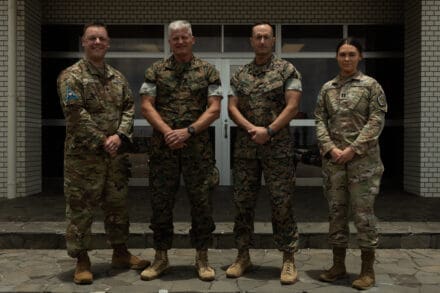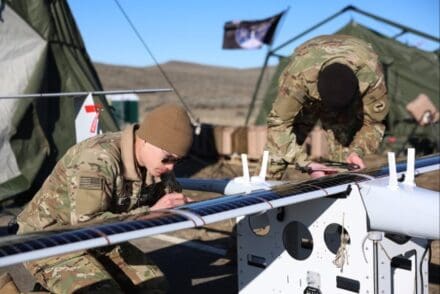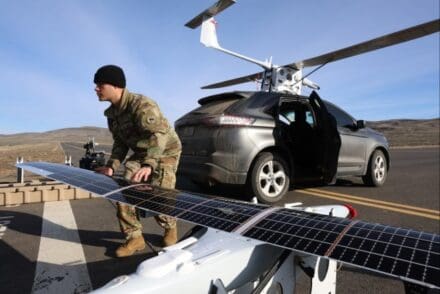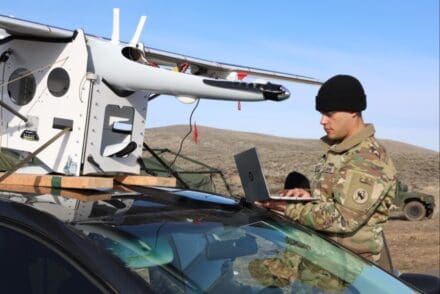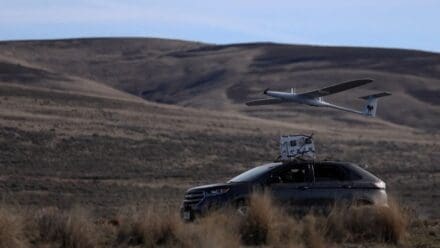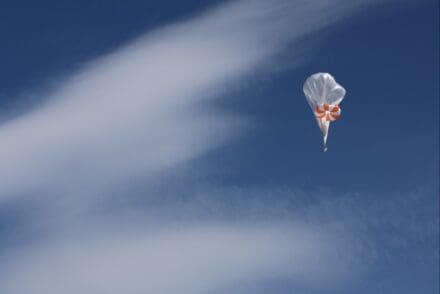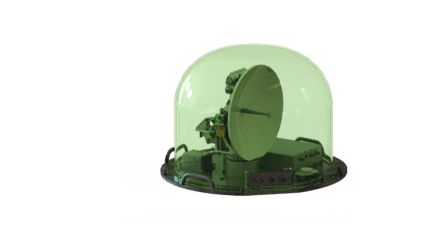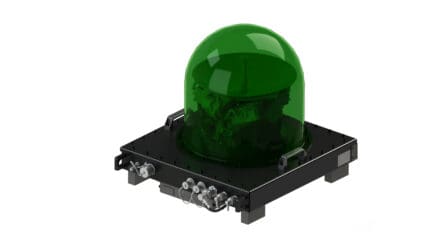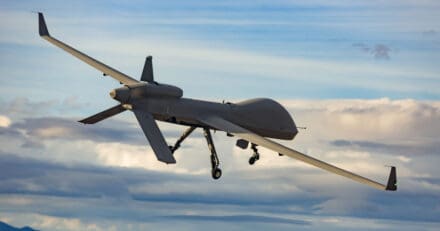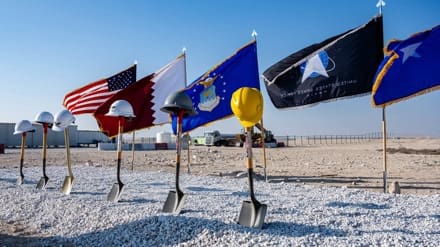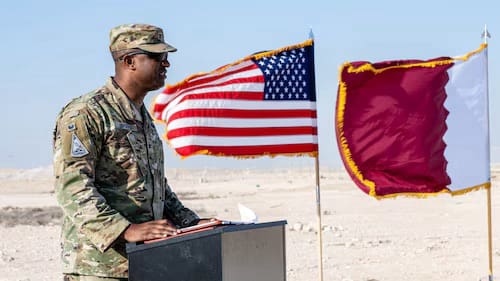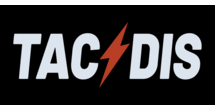ARLINGTON, Va. (AFNS) —
Registration is now open for the United States Space Force’ s second annual Artificial Intelligence Challenge.
The 2025 U.S. Space Force AI Challenge runs from July 16, 2025 and culminates with the awards ceremony at the Space Power Conference in Orlando, Florida, in December 2025. This year’s challenge is designed to foster collaboration and innovation in AI. Participants form teams, engage in learning sessions, and develop AI solutions to address challenges. Teams will present their solutions to technical experts for scoring, and based on scoring, select teams to present their solutions to Department of the Air Force senior leaders in October.
“The 2025 AI Challenge is a team-building activity focused on solving staff, acquisition, and operational problems,” said Col. Nathan Iven, acting deputy chief of Space Operations for Cyber and Data at Headquarters, Space Force. “This experience is designed to support innovation and encourage Guardians to leverage disruptive solutions like AI to gain advantage over the pacing threat.”
Open to all military branches and government agencies, teams must have a Space Force Guardian (officer, enlisted and/or civilian) as their lead, and can compete in three categories – Operations, Space Acquisitions or Staff Support.
Five awards will be presented: best AI solution in each of the three functional areas [operations, space acquisitions, staff support], Guardians’ choice, voted on by the Guardian workforce, and grand prize winner.
AI plays a central role in enhancing data utility and providing the analytical power needed to analyze large volumes of data. Chandra Donelson, Data and AI officer for the U.S. Space Force, stated, “I look forward to the solutions our Guardians will build and, more importantly, the partnerships they will establish during this year’s challenges.”
By participating, Guardians and other participants will increase their AI literacy and team-building skills to develop innovative solutions to real-world challenges. Senior leaders are encouraging Guardians to take advantage of the educational series, designed to provide participants with a foundational understanding of AI concepts to facilitate innovation. The Space Force AI Challenge addresses key tasks captured in the Fiscal Year 2025 Data and AI Strategic Action Plan.
Challenge rules
Team Composition: Each team requires a Space Force Guardian (officer, enlisted and/or civilian) as the team lead. Participation is open to all military branches and government agencies.
Tools: Participants are responsible for bringing their own government-approved tools and use publicly-available or fabricated data.
Final submission: Teams must submit a 3–5-minute concept video of their solution, a one paragraph narrative explaining the product, and a 3-5 slide presentation slide deck.
Semi-final judging: Judges will consist of U.S. Space Force data and AI experts/leader who will score the AI solutions against standard criteria. Winners and honorable mentions will be recognized from each functional area.
Guardians choice: All Guardians will have the opportunity to select their favorite solution via online-voting.
Senior leader pitch: Each functional area winning team will have 5 minutes to present their solution and demo their work to a board of senior leaders.
For more information and links to register please visit our CAC enable Guardian One site, or visit our U.S. Space Force AI Challenge MS Teams.
Secretary of the Air Force Public Affairs


